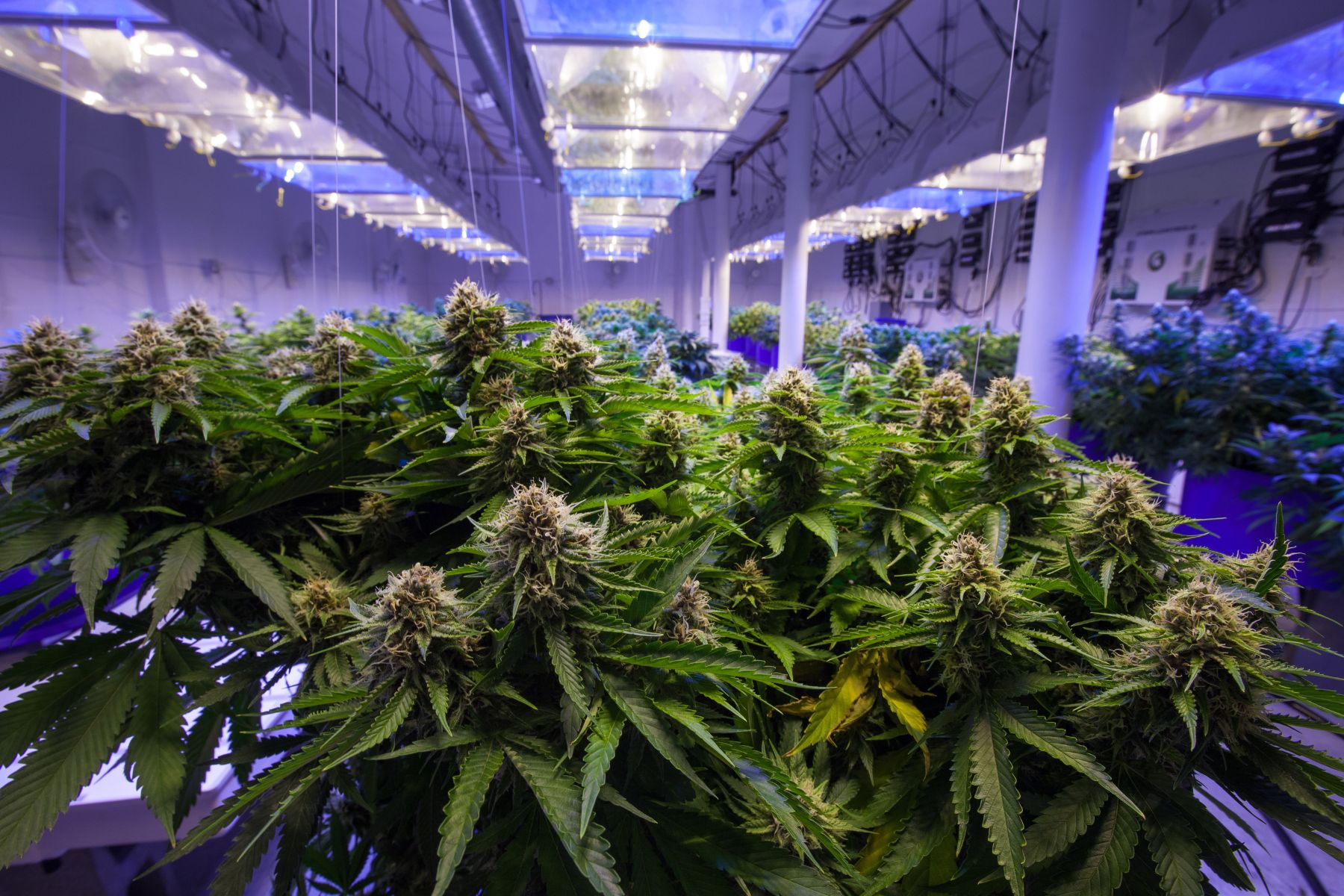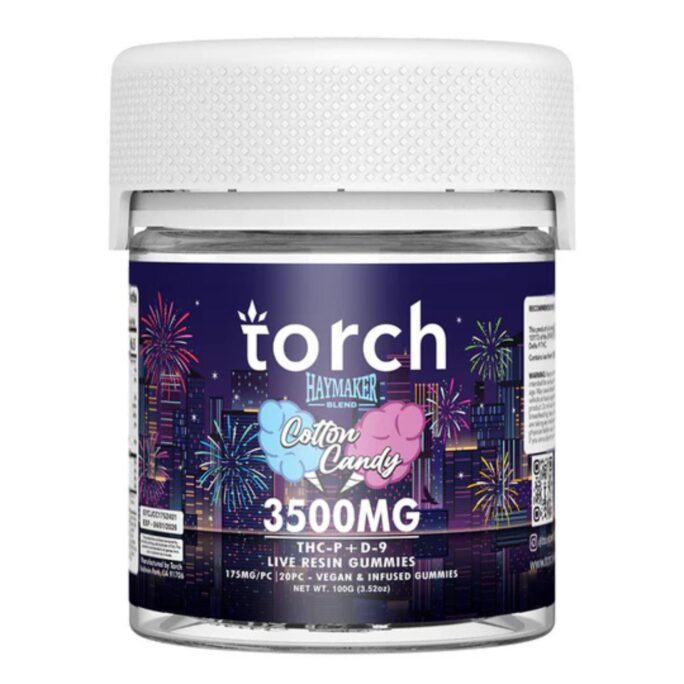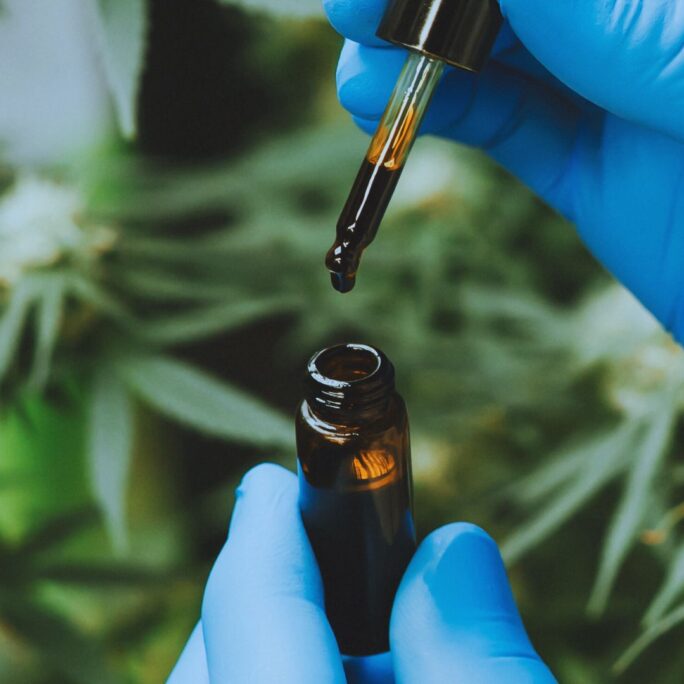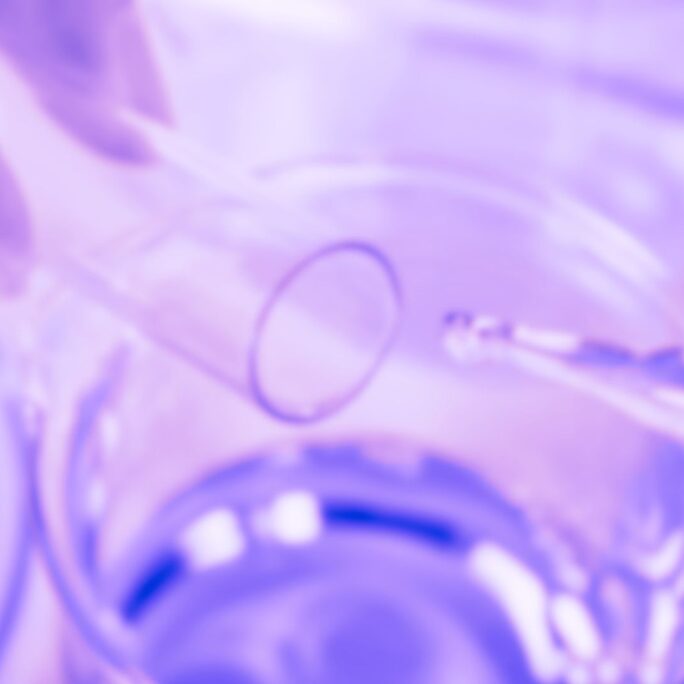
Have you ever asked yourself, “what the heck is a terpene?”
What is the difference between CBD and hemp terpenes?
If you need terpenes explained in an easily understood manner, read on.
Think of terpenes as what gives plants their taste, smell and color.
Terpenes are the natural chemical compounds that give essential oils like lavender it’s pleasant smell. It’s what gives fresh ground pepper or orange peel it’s distinctive scent.
Terpenes occur naturally in plants, fungi, bacteria and some animals. It is also commonly added to food, perfume, skin lotions and creams.
Cannabinoids like CBD and THC are naturally occurring chemical compounds found in hemp and cannabis. Terpenes are a separate type of chemical compound that occur alongside CBD. It is thought that terpenes enhance the cannabinoids effects on the body.
There are over 20,000 different terpenes in the world and hemp oil contains around 100-200 of them.
In CBD Hemp oil, terpenes are produced from the sticky resin of mature female hemp flowers.
The most well known active ingredients in hemp or cannabis is CBD and THC. CBD is highly present in hemp, but THC is not. THC is what gives marijuana its “high.”
Do terpenes get you high?
No. Terpenes cannot get you high. Terpenes are not psychoactive like the cannabinoid THC is.
Terpenes work indirectly with other chemical compounds found in cannabis to increase the effectiveness of cannabinoids, but it does not get you high.
Smoking hemp does not give you a marijuana (THC) high.
Hemp terpene profile
Cannabinoid research is exciting promising field. There are continuing scientific studies of CBD and terpene rich hemp oil and its effect on skin, the autoimmune system, the immune system, rheumatic diseases, insomnia and other health problems.
Most terpenes have antimicrobial properties, meaning that they have properties that can combat potentially harmful bacteria and viruses.
And more is being learned about the full spectrum secondary cannabinoids like THC, CBDa, CBG, CBN, that along with terpenes, creates a therapeutic phenomenon known as the entourage effect.
Many of the terpene compounds in CBD Hemp also have anti-anxiety and anti-depressant like effects.
Here are some of the most common terpenes in full spectrum hemp oil.
Myrcene
Myrcene is the most abundant terpene in hemp oil, It works alongside the cannabinoid CBD.
Research indicates Myrcene’s sedative and naturally relaxing properties are in part responsible for CBD Hemp Flower’s natural stress-relieving, and calming effects.
Therapeutic Uses
- Sedative
- Anti-inflammatory
- Antimicrobial
- Relaxing
- Analgesic
Caryophyllene
The terpene caryophyllene gives off a clove-like, peppery flavor scent with subtle undertones of citrus.
Hemp flower or CBD with high beta-caryophyllene has powerful anti-inflammatory and analgesic effects.
Studies also show that this terpene has benefits in painful, inflammatory GI tract disorders such as Crohn’s, Colitis, and IBD.
B-caryophyllene is also found in basil, lavender, cinnamon, caraway, oregano, rosemary, clove, and black pepper.
Therapeutic Uses
- Anti-inflammatory
- Anti-oxidant
- Neuro-protectant
- Effective with IBD
- Analgesic
- Promotes healthy digestion
- Anti-anxiety and stress-relief
- Boosts immune system functioning
- Stimulates cancer apoptosis, or cell death
- Suppresses tumor growth
Linalool
Linalool is what gives a smooth taste and subtle, floral quality to hemp CBD.
Research indicates this terpene has anti-anxiety and calming effects.
Linalool is in herbs like lavender, mint, laurel, and basil.
Therapeutic Uses
- Anti-depressant
- Anti-anxiety
- Muscle relaxation
- Sedation
- Anti-epileptic
- Immune system support
- Analgesic
- Anesthetic-like effects
A-Pinene
Pinene is the terpene that give hemp and cannabis its “piney” smell. It’s also one of the most abundant terpenes in nature.
Pine forests produce and enormous amount of it. Hemp plants produce it too.
Therapeutic Uses
- Anti-inflammatory
- Antibacterial
- Improves memory
- Anti-anxiety
Guaiol
Research shows that the terpene has antimicrobial and insecticidal properties.
The terpene is mainly found in cypress, pine, and conifer tress and it produces a “piney” smell.
Therapeutic Uses
- Anti-inflammatory
- Digestion and immune support
- Lowers blood pressure
- Analgesic
- Antispasmodic
- Antibacterial
- Antioxidant
Disclaimer: This article is not meant to treat cure or prevent disease. Statements have not been evaluated by the FDA.







